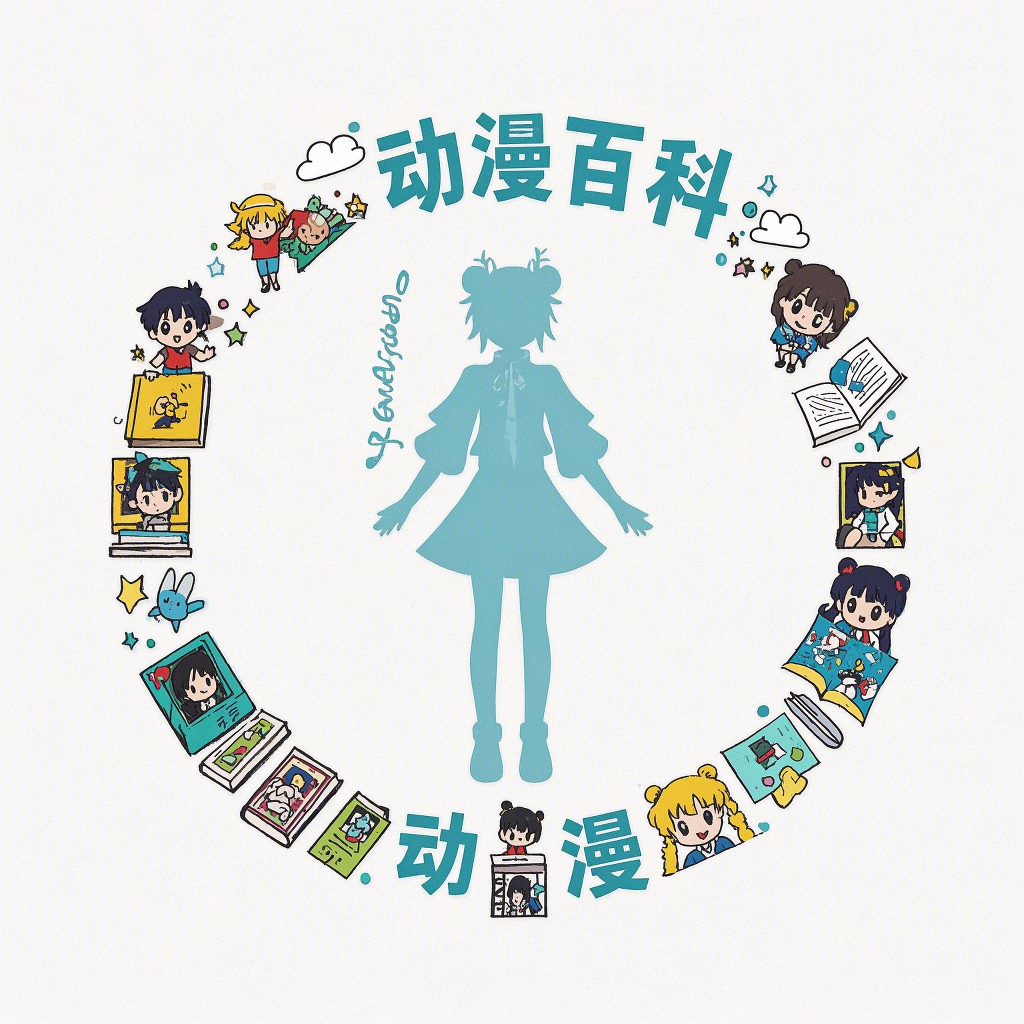Animation and media have become integral parts of our lives, influencing culture, communication, and entertainment. From the earliest hand-drawn cartoons to cutting-edge computer-generated imagery (CGI), these mediums have evolved significantly. This article explores the impact of animation and media from an English perspective, focusing on the role of the Academy Awards (commonly known as the Oscars) in recognizing excellence in the field. We will delve into the historical context, the current state of animation and media, and the broader cultural implications.
Historical Context
The history of animation dates back to the late 19th century with the invention of the kinetoscope by Thomas Edison. However, it was the early 20th century that saw the birth of classic animation with the likes of Walt Disney and the development of characters such as Mickey Mouse and Snow White. In England, the influence of animation was equally significant, with studios like the Rank Organisation producing popular animated films.
The introduction of television in the 1950s further expanded the reach of animation and media, leading to the creation of iconic shows such as “The Beatles” and “The Simpsons.” As technology advanced, so too did the sophistication of animation techniques, with the advent of computer-generated imagery in the late 20th century revolutionizing the industry.
The Role of the Academy Awards
The Academy Awards, established in 1929, have played a pivotal role in recognizing achievements in film and television. Over the years, the Academy has expanded its categories to include animation, acknowledging the growing importance of this genre. The Best Animated Feature Film category, introduced in 2001, has become a highlight of the ceremony, showcasing the best of the best in the industry.
The Oscars have had a significant impact on the animation and media industry in several ways:
- Recognition and Prestige: Winning an Oscar is a significant achievement for animators and studios. It validates their work and brings recognition to their talent and creativity.
- Box Office Success: Oscar-winning animated films often enjoy increased box office success, as they are seen as prestigious and of high quality.
- Innovation: The competition for the Best Animated Feature Film category encourages innovation in animation techniques and storytelling.
- Cultural Impact: Oscar-winning films have the power to shape cultural trends and influence the way people perceive animation and media.
Current State of Animation and Media
The animation and media industry has seen remarkable growth in recent years, with advancements in technology and an increasing demand for high-quality content. Some key trends include:
- Globalization: Animation studios are now spread across the globe, with collaborations becoming more common. This has led to a diverse range of voices and perspectives in the industry.
- Streaming Platforms: The rise of streaming services has provided new opportunities for animated content, with original series and movies being produced exclusively for these platforms.
- Interactive Media: Virtual reality (VR) and augmented reality (AR) are beginning to make their mark in the animation and media industry, offering new ways to engage with audiences.
- Social Responsibility: There is an increasing focus on social responsibility and diversity in animation and media, with studios aiming to create content that resonates with a broader audience.
Cultural Implications
The impact of animation and media on culture is profound. These mediums have the power to shape public opinion, influence social norms, and foster empathy and understanding. Some key cultural implications include:
- Storytelling: Animation and media provide unique storytelling opportunities, allowing creators to explore complex themes and emotions in engaging and accessible ways.
- Education: Animated content can be a powerful educational tool, helping children and adults alike learn about various subjects and cultures.
- Artistic Expression: Animation and media offer a platform for artistic expression, allowing creators to push the boundaries of traditional art forms.
- Global Communication: The universal language of animation and media makes it an effective tool for global communication and understanding.
Conclusion
The impact of animation and media on culture, entertainment, and communication is undeniable. The role of the Academy Awards in recognizing excellence in the field has been crucial in promoting innovation and diversity. As technology continues to evolve, the animation and media industry will undoubtedly continue to grow and adapt, offering new and exciting opportunities for creators and audiences alike.
